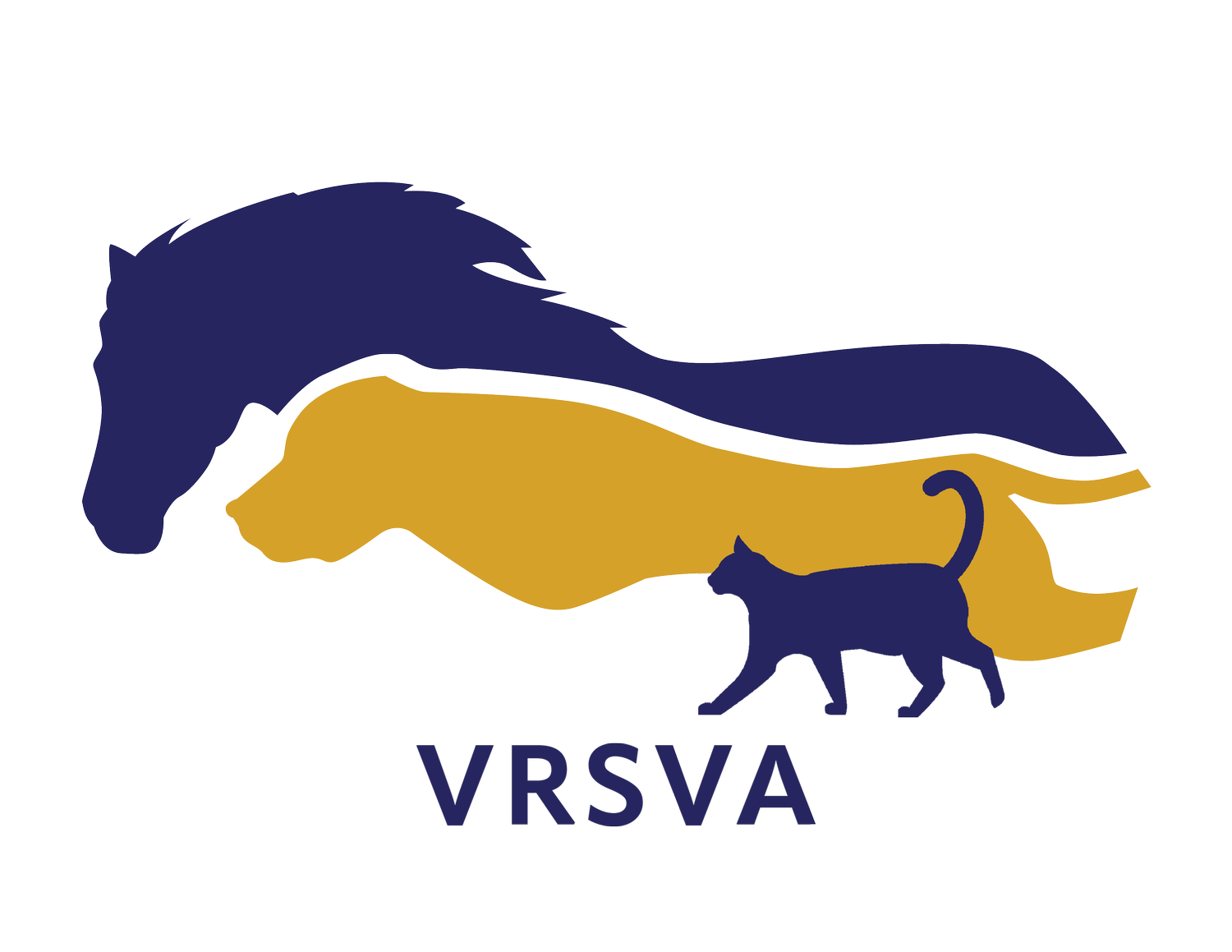Osteoarthritis in Animals
Osteoarthritis (OA) is incredibly common in humans, horses, dogs and cats with the primary symptoms being pain and lameness across species. These symptoms often result in decreased activity, loss of mobility, and deteriorating quality of life. Osteoarthritis is not just a disease of the elderly and risk factors are multifactorial. Many traditional therapies treat only the symptoms of osteoarthritis and can cause unwanted side effects. Newer therapies are available that can slow the progression of osteoarthritis and help stimulate healing.
Prevalence
OA is the leading cause of lameness in horses. It is found in over 50% of horses over 15 years of age and 80-90% of horses over 30 years of age.
Research has found that over 20% of dogs are affected by osteoarthritis once they are older than one year of age. The primary risk factor for dogs is an over-ideal body weight, causing abnormal forces on the joints.
Cats are unique in that they often hide pain using behavioral strategies, but a study looking at 100 cats aged 6-9 years found that 60% had osteoarthritis in at least one joint.
Risk Factors for Osteoarthritis
Genetics: Certain breeds are predisposed to arthritis in certain joints.
Congenital conditions: Poor conformation and abnormal development in utero increases OA.
Trauma: Acute traumatic injury will lead to OA in affected joints.
Overuse: Increased wear and tear on the joints.
Obesity: Increased strain on the joints.
Lack of fitness: Weak muscles causing abnormal joint mechanics.
Advanced age: Increased wear and tear to joints over time.
Disease Process
Osteoarthritis is a complicated process that researchers are still working to fully understand. The process usually involves inflammatory mediators that drive tissue destruction within the joint. The disease affects all aspects of the joint including cartilage, bone, ligaments, fat and the synovium (the tissue lining the joint capsule).
A healthy joint is full of thick, viscous joint fluid which provides cushion and lubrication. A thin layer of firm, smooth, slippery cartilage cushions the ends of the bones, allowing nearly frictionless movement. The bone underneath is smooth and strong. The tendons and menisci are strong, elastic, and well-adhered. The joint capsule is pliable and has a thin layer of healthy synovium. Healthy joints have full mobility and are pain-free.
In osteoarthritis the joint fluid becomes thin and watery. The cartilage roughens and becomes thin and weak. Bone roughens and changes shape. The tendons become weak and lose their elasticity. The synovium becomes thickened and inflamed. These changes are all painful and result in stiffness, swelling, and progressive loss of mobility.
Treatment
There are many approaches to treating osteoarthritis. Traditionally, non-steroidal anti-inflammatory medications and corticosteroids have been used to quiet inflammation and decrease pain. But these medications do not come without risks. Systemic NSAIDS can cause stomach upset, gastrointestinal bleeding, and kidney issues. Intra-articular corticosteroids are short-lived in their therapeutic effects. They can damage cartilage long-term and can increase the risk of laminitis in some horses.
The biggest problem with these medications is that they do not actually encourage healing within the joint. However, there are many regenerative treatment options now available that actually help to improve the joint environment. Current therapies help slow the progression of osteoarthritis and decrease damage within the joint. These therapies have longer-lasting therapeutic effects. They can also be used on younger animals and those with concurrent medical issues, such as gastrointestinal ulcers, metabolic disease, or Cushing’s disease. These regenerative therapies can also be used closer to competition, helping to minimize missed competitions.
Stay tuned this month for the next four blog posts, which will specifically discuss platelet-rich plasma, stem cells, Arthramid and Noltrex. Our team at VRSVA is happy to discuss your animal’s individual needs and the therapies that may be beneficial to them.
